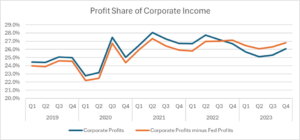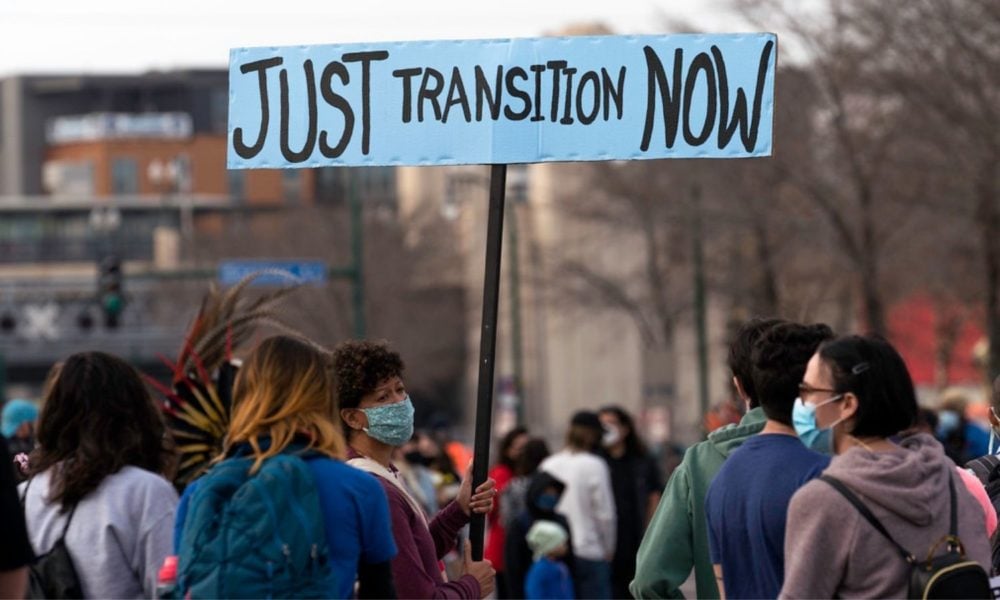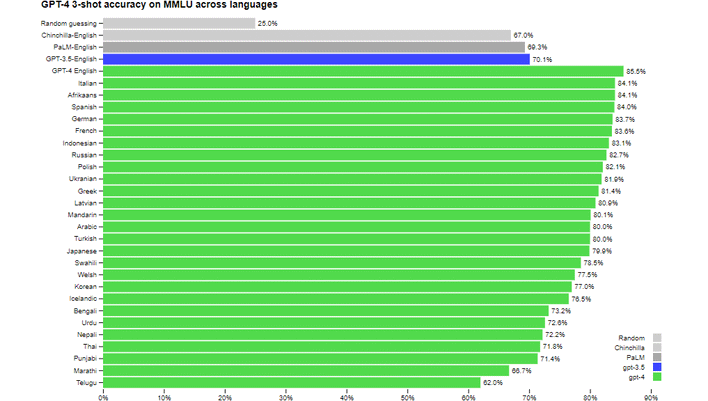HUMBOLDT AND GAZA
Berlin Bulletin No. 222 May 4 2024
Victor Grossman, Berlin wechsler_grossman@yahoo.de
No books were burned this time in early May. But there were ironic parallels, some all too alarming!
It was May 10th in Germany's terrible year 1933, Hitler had been in power for hardly three months, when students and staff emptied the university libraries of forbidden books and threw them, an estimated 20,000 books by over a hundred authors, into the flames of a giant bonfire. Most authors were German - Jewish, atheist, liberal, leftist, Bertolt Brecht, Anna Seghers, Sigmund Freud and Magnus Hirschfeld, but also some foreign works were thrown into the flames – Maxim Gorki, Hemingway, Jack London, Dos Passos.
Ninety-one years later, this May 3rd, just across Berlin's famous Unter den Linden boulevard and in the same university courtyard where those books had once been dragged from, some of today's students – courageous, determined, the total opposite of the Nazis of 1933 - were forcibly hauled away to waiting police vans. The students of 1933 were advocating murder, preparing for the genocide which was to follow. These students of 2024 are protesting against murder and genocide.
The mayor, the authorities claimed that forbidden Hamas slogans were called out, justifying their brutal cuffing and arrests. It is possible that some Arab participants, emotionally moved by news and the pictures from Gaza, may have generalized these feelings. Who knows? And does it matter? This group was not anti-Semitic; it also included Jewish students, a few of them Israeli exiles. The spirit of these first three hundred demonstrators, as in similar scenes at other colleges and universities in Germany and other countries – and so very courageously all over the U.S.A. - was directed against destruction worse than any since 1945, of homes, mosques, churches, libraries, schools and universities in Gaza and against the killing of over 35,000 human beings, a majority of them women and children, and the physical and psychical maiming of so many more.
But these demonstrations, now growing rapidly in number, were more than that. For many they also expressed protest at the entire scene now engulfing Germany, and not only Germany. Hatred is in the air, with century-old feelings of superiority over "inferior" people, growing pressure to build ever more destructive weapons and prepare to use them – always, of course "in justified self-defense," whether in Gaza, in Lithuania, Estonia or for blockades against human beings at frontiers in Texas, Arizona or along Mediterranean seashores. And with this hatred there were mounting pressures for conformity. Don't rock the boat – or else! Such trends are gaining strength, aiming at the accession of total power, and not only with the obviously far-right groups! For so many of the proper, accepted leaders have ties with the billionaire profiteers thrilling at new conflicts and more mansions, jets, yachts.
It is the new spirit of protest against these trends, the hunt for new answers, which has dominant circles worried, even fearsome. That is why they send police into Hind's Hall or the courtyard of Humboldt University. Sometimes they prevail and can break resistance, sometimes local victories can be won. But it is the long-awaited movement which counts, and its match-up with equally courageous workers at auto plants, at Walmart or Starbuck shops or in Central Africa and Central America.
There is an added irony; the site of Friday's protest was the courtyard of Humboldt University in East Berlin, given that name soon after the defeat of the Nazis and the liberation of Berlin by the Red Army on May 8th 1945. Looking down upon today's fighters is the statue of Alexander von Humboldt, a great scientist and explorer, who ardently opposed the slavery he saw in Latin America and the U.S.A. in the 1820s - and oppression everywhere. A worthy patron. And inside the handsome building (where Albert Einstein once taught) and despite many changes in the university's character over the years, one sentence has been saved, in golden letters above a wide central staircase. It was written by another famous man, who once studied here, and it might also be considered as very relevant. The author was none other than Karl Marx. The words were: "Philosophers have hitherto only interpreted the world in various ways; the point, however, is to change it." Perhaps it is fear of the revival of such a spirit which has caused the mayor and many politicians to become so angry and worried and to send in the police. Let us hope the better analogies are models, not the frightening ones!





